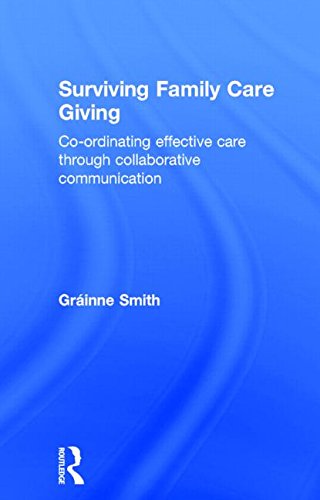

Most ebook files are in PDF format, so you can easily read them using various software such as Foxit Reader or directly on the Google Chrome browser.
Some ebook files are released by publishers in other formats such as .awz, .mobi, .epub, .fb2, etc. You may need to install specific software to read these formats on mobile/PC, such as Calibre.
Please read the tutorial at this link: https://ebookbell.com/faq
We offer FREE conversion to the popular formats you request; however, this may take some time. Therefore, right after payment, please email us, and we will try to provide the service as quickly as possible.
For some exceptional file formats or broken links (if any), please refrain from opening any disputes. Instead, email us first, and we will try to assist within a maximum of 6 hours.
EbookBell Team

5.0
68 reviewsSurviving Family Care Giving: Co-ordinating effective care through collaborative communication is a practical book for family and other home carers in a variety of situations. Gráinne Smith shows how to provide the most effective coordinated care possible through constructive communication and collaborative care, to support individuals who have long term physical and mental health problems, including conditions from Alzheimers to alchoholism, autism to anorexia, schizophrenia to multiple sclerosis.
Written from personal experience as a family carer, GráinneSmith includes interviews with other carers and service users; and draws on years of working with children and their families in tough times. Chapters such as Challenging Behaviour, Confidentiality, and Motivation illustrate some of the many problems facing carers who support vulnerable individuals. Problems include isolation, feelings of helplessness and uncertainty about what best to do, what to try to avoid and the lack of much needed relevant information and resources to support care-giving.
Surviving Family Care Giving vividly illustrates the daily difficulties experienced by care givers who offer long term care and support – and shows how to work through them. It provides suggestions on ways to build both constructive collaborative care and good family teamwork through effective communication, and how to ensure continuing care and support for the person at the centre of all the efforts. This book will be essential reading for family and other carers, including professionals trying to create ongoing continuity of care for their patients outside of treatment and education centres.